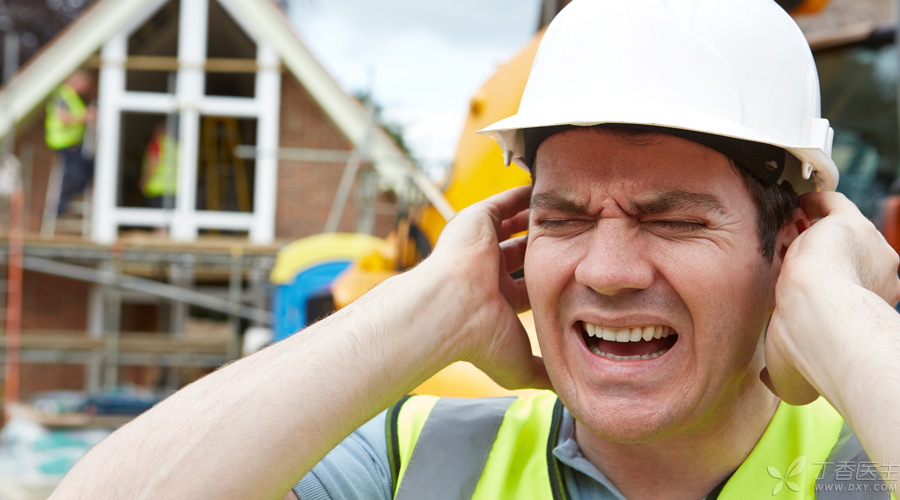
Occupational noise deafness refers to binaural hearing damage caused by long-term exposure to noise in the workplace. This is the result of long-term influence of noise on auditory organs and belongs to legal occupational diseases.
Manifestations of occupational noise deafness
The damage of noise to ears generally develops from temporary hearing loss to permanent hearing loss.
Short-term exposure to noise environment may only cause short-term hearing loss. After leaving the noisy environment, the hearing can return to the original level after a period of time.
With the extension of the exposure time to noise, or the hearing loss caused by the previous exposure to noise has not been fully recovered, and it is necessary to contact again in a short period of time, irrecoverable hearing damage may be caused.
Noise can not only cause hearing damage, but also cause other system damage, may have headache, dizziness and other manifestations, but also affect sleep, causing blood pressure rise, immune function decline, gastrointestinal discomfort and other symptoms. Women exposed to noise may also cause menstrual abnormalities, dysmenorrhea and other symptoms.
How to treat occupational noise deafness
Temporary hearing loss does not need treatment, as long as you stay away from the noisy environment and have a full rest, you can completely recover.
Permanent hearing damage cannot be completely recovered, so prevention is very important.
How to Prevent Occupational Noise Deafness
Personal prevention of noise-induced deafness is mainly to strengthen occupational health care, including:
Personal protection: When you have to work in a noisy environment for various reasons, wearing personal protective equipment such as earplugs, earmuffs and helmets can effectively protect hearing organs.
Health monitoring: workers who need to be exposed to noise should have regular health examination, especially hearing examination. In the physical examination before taking up their posts, a basic hearing condition should be measured, and the physical examination should be conducted after a period of time. Hearing changes can be observed. Once early hearing impairment is found, effective protective measures can be taken in time.
Reasonable labor and rest: properly arrange rest in the work room and stay away from the noisy environment during rest, so that hearing fatigue can be recovered.
Where should occupational noise deafness be treated
If you doubt your hearing, it may be that you have heard too much noise at work and dropped. You can go to hospitals or institutions with occupational noise deafness diagnosis qualifications for diagnosis and treatment.
